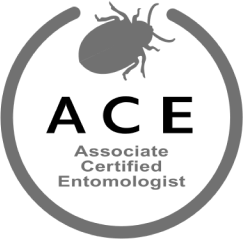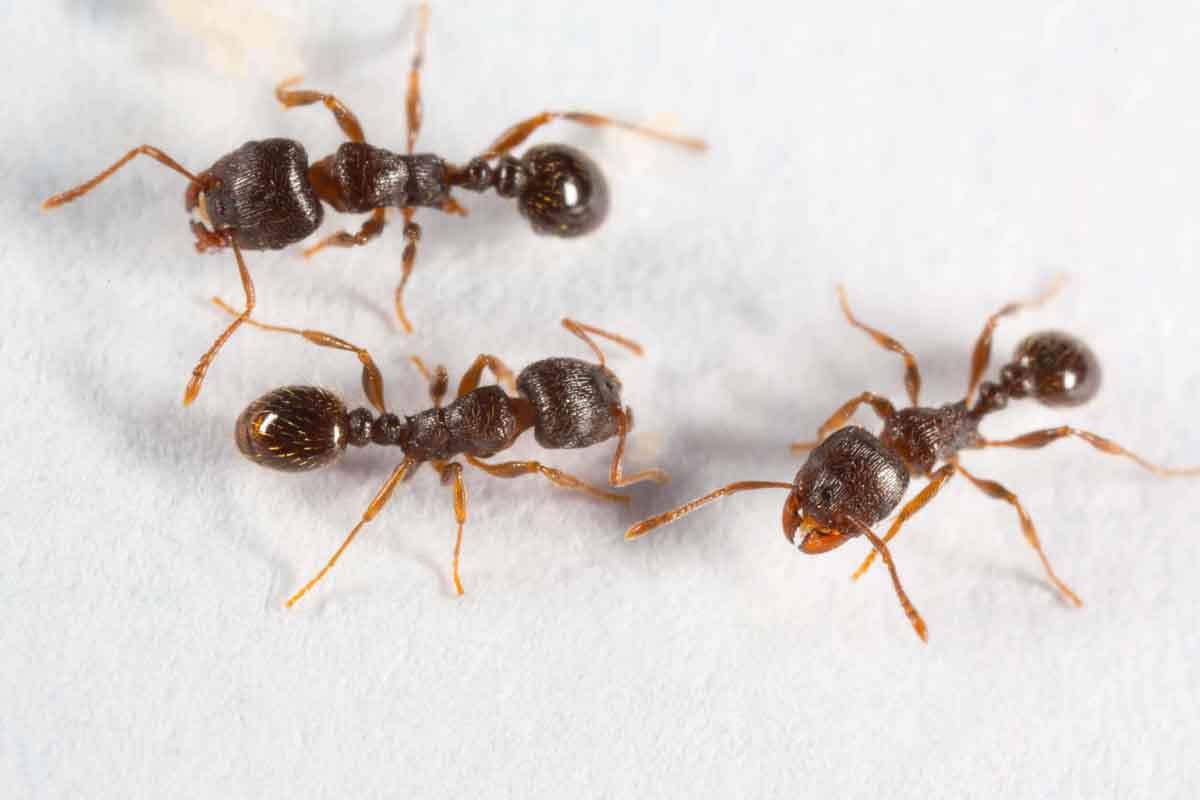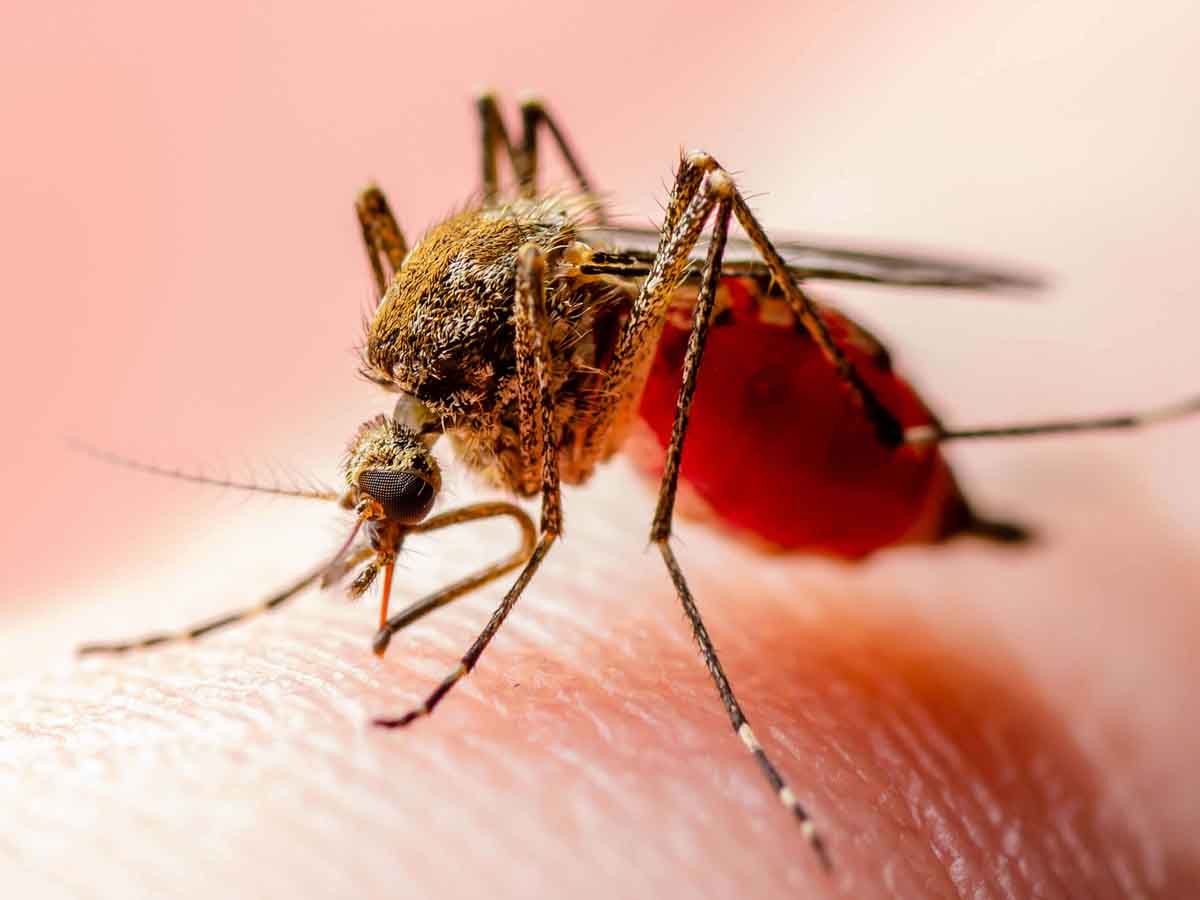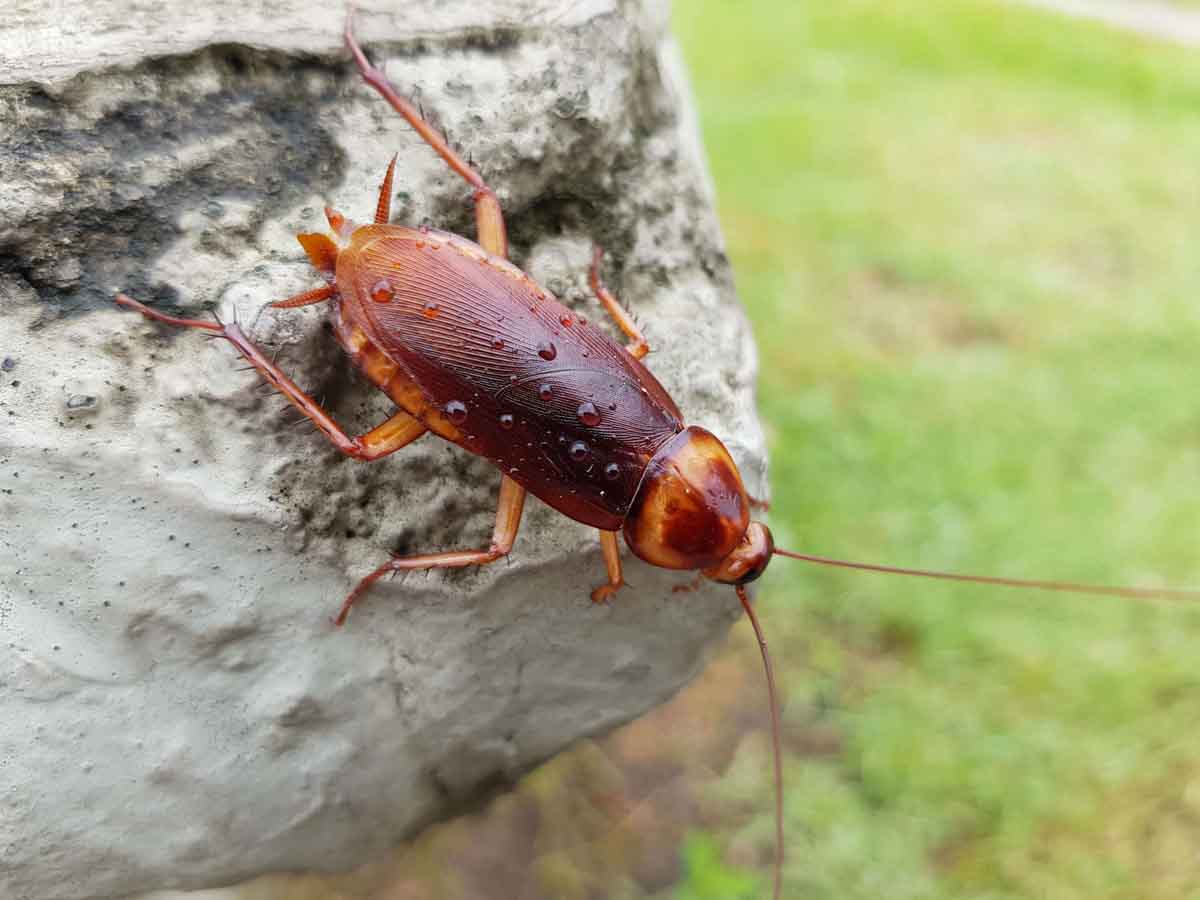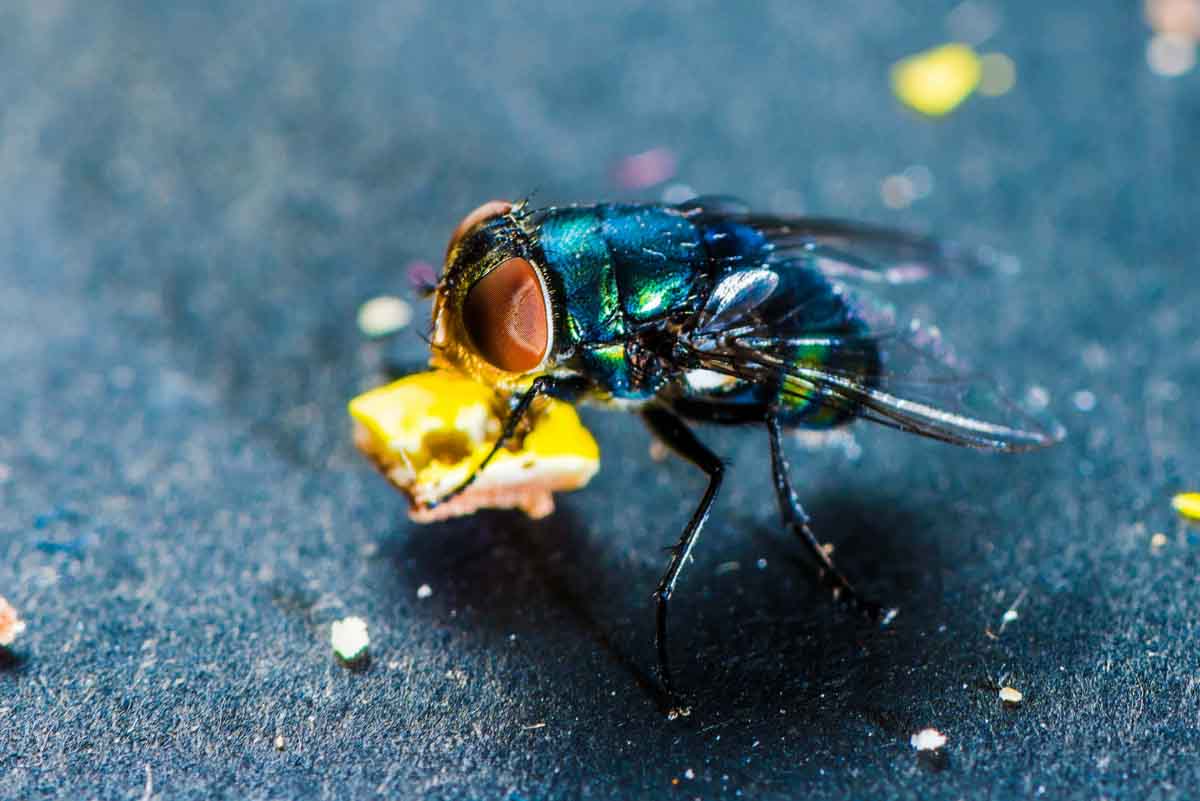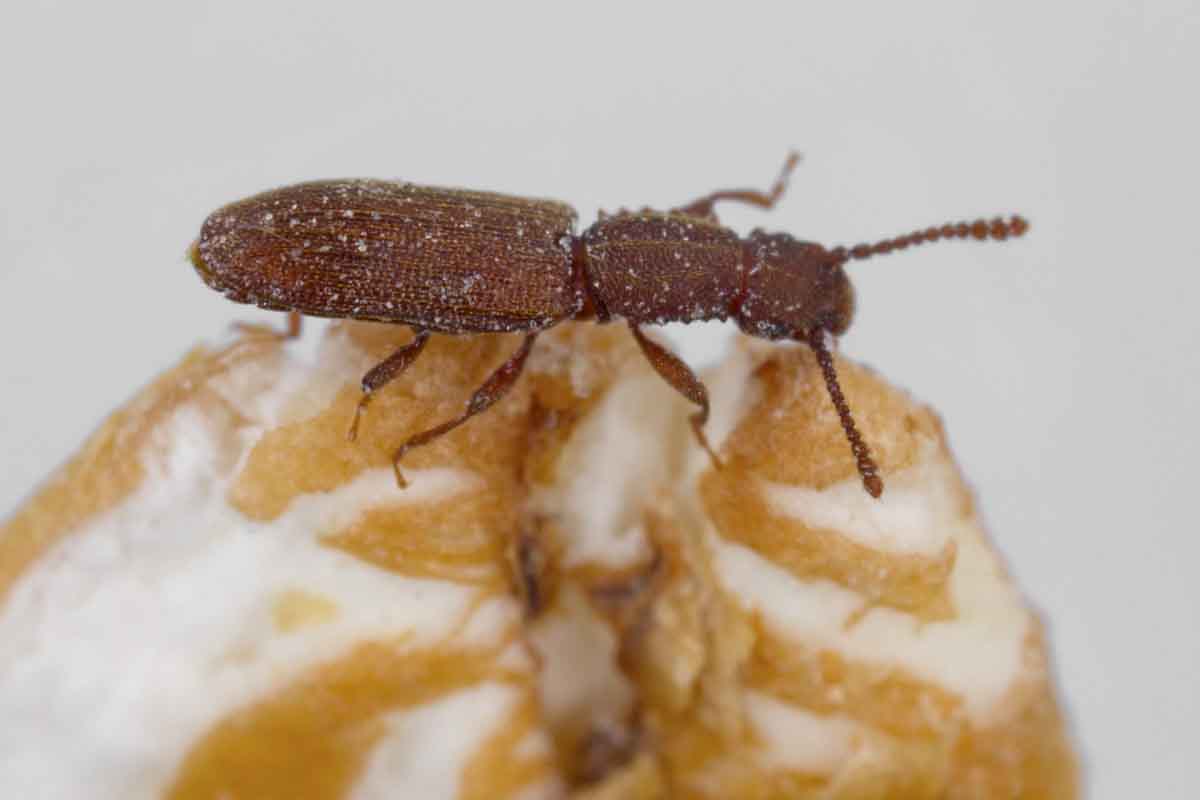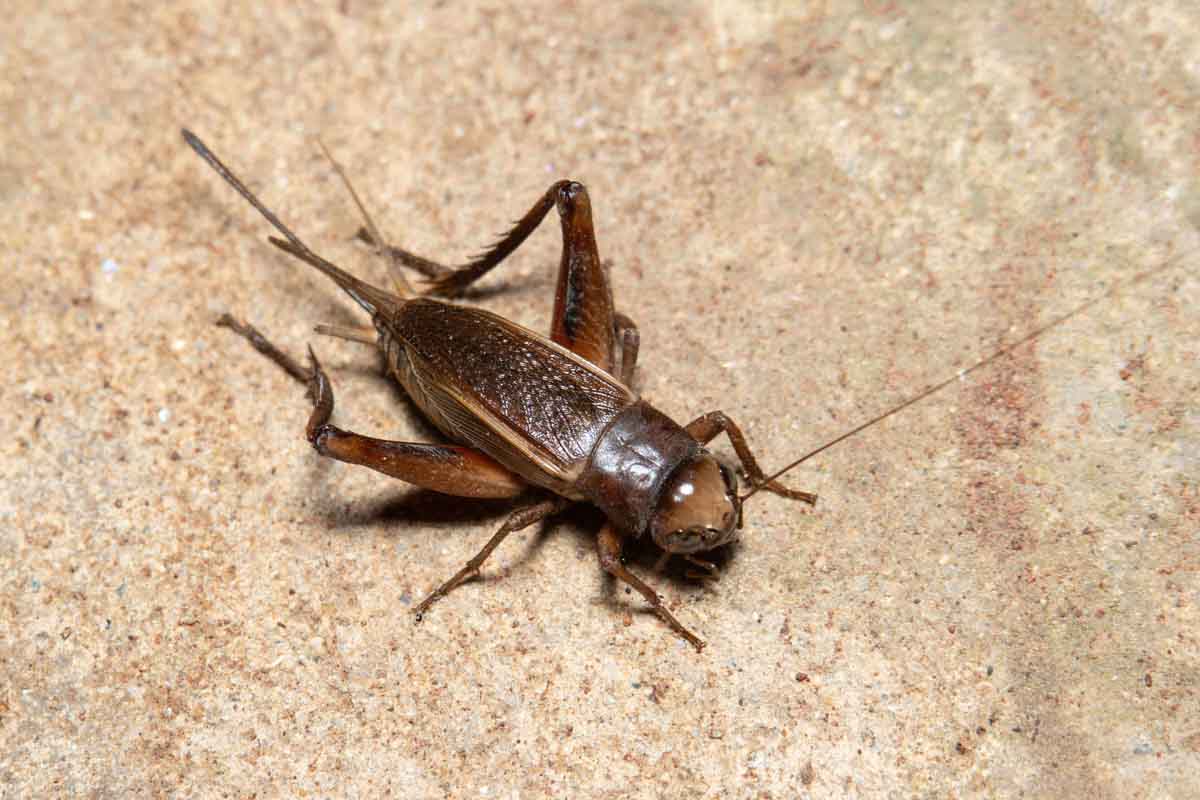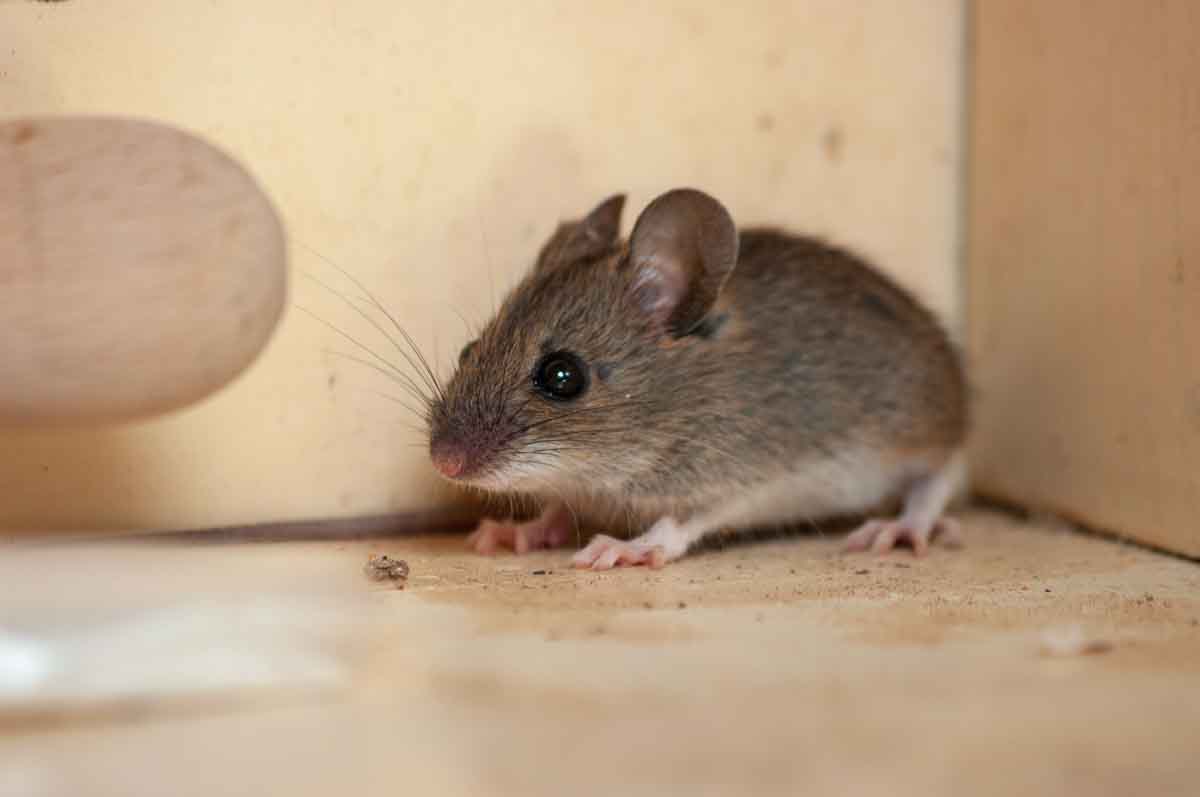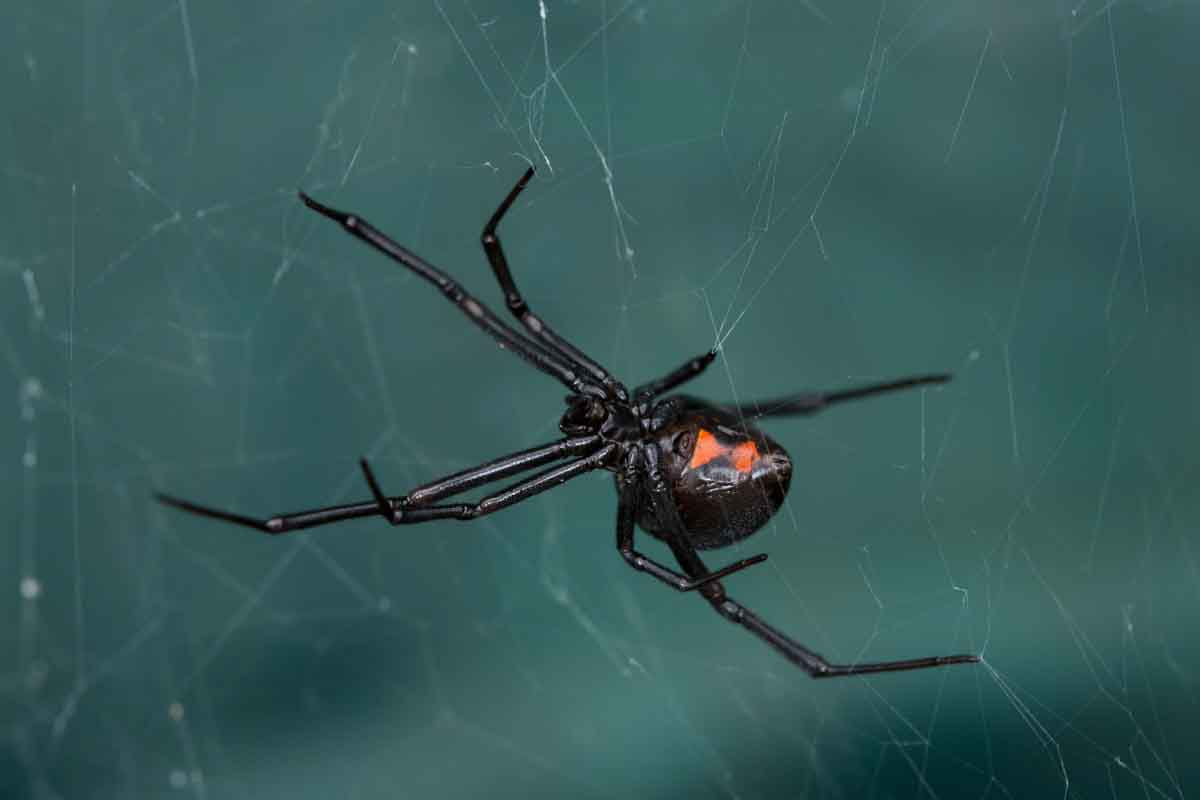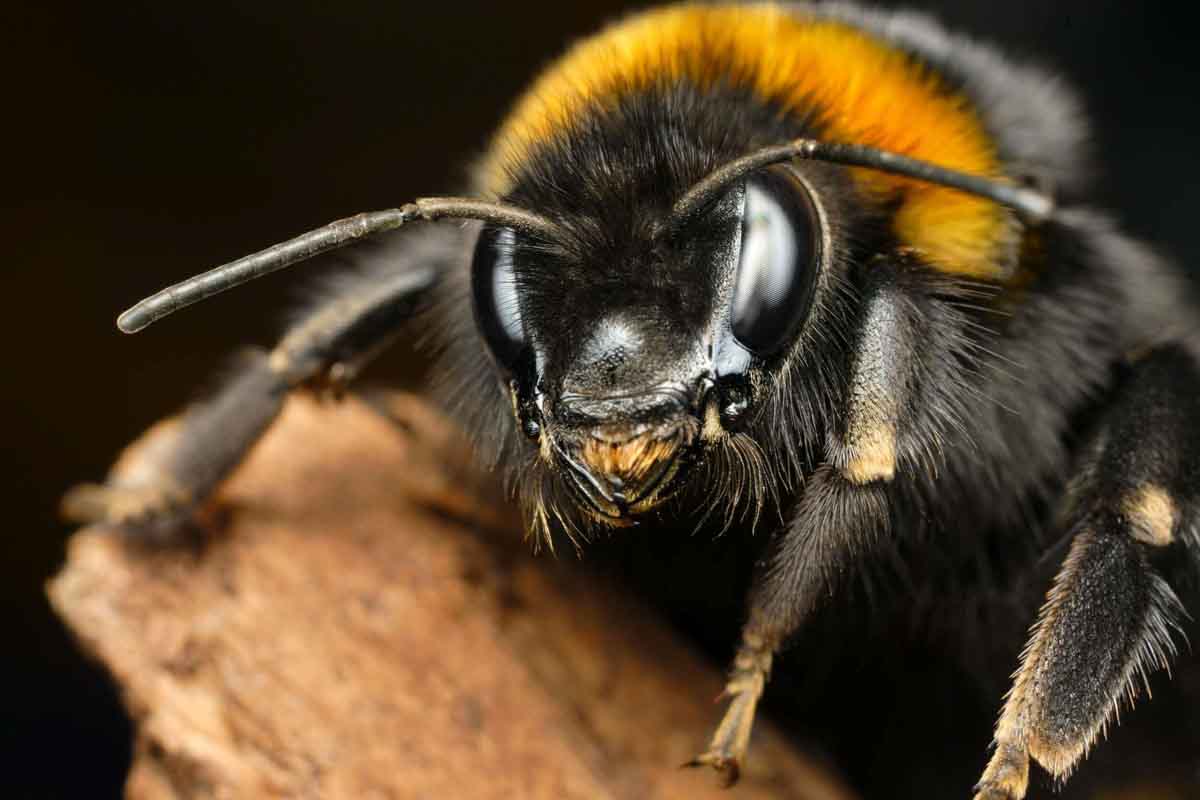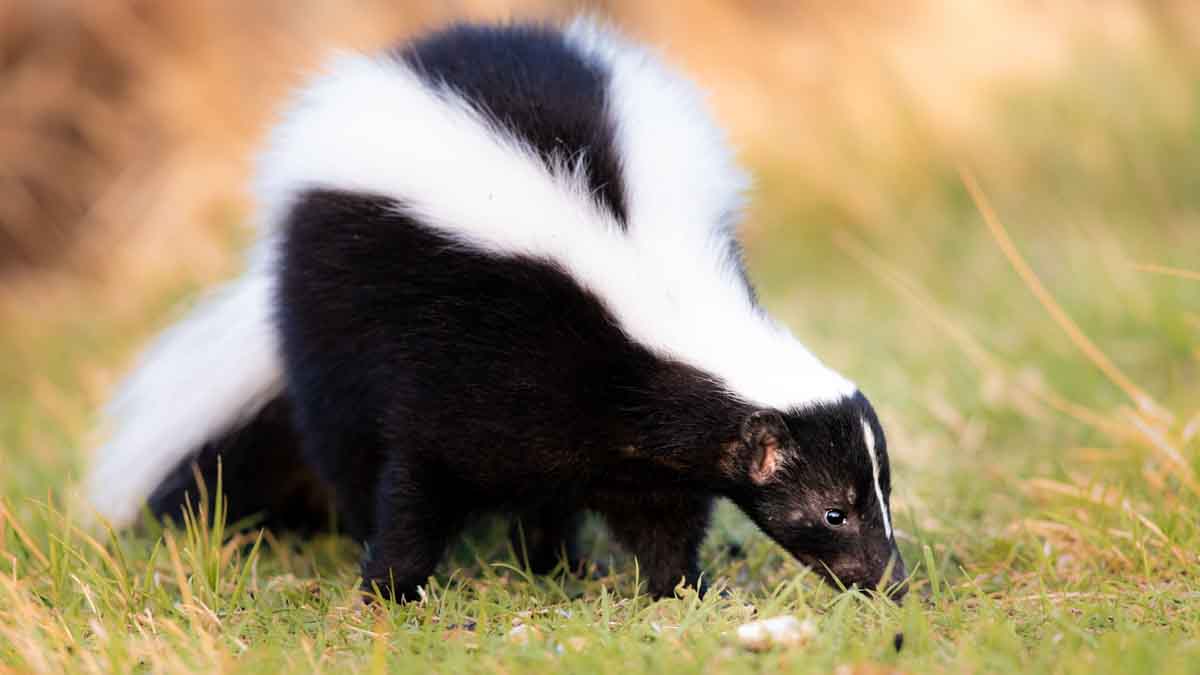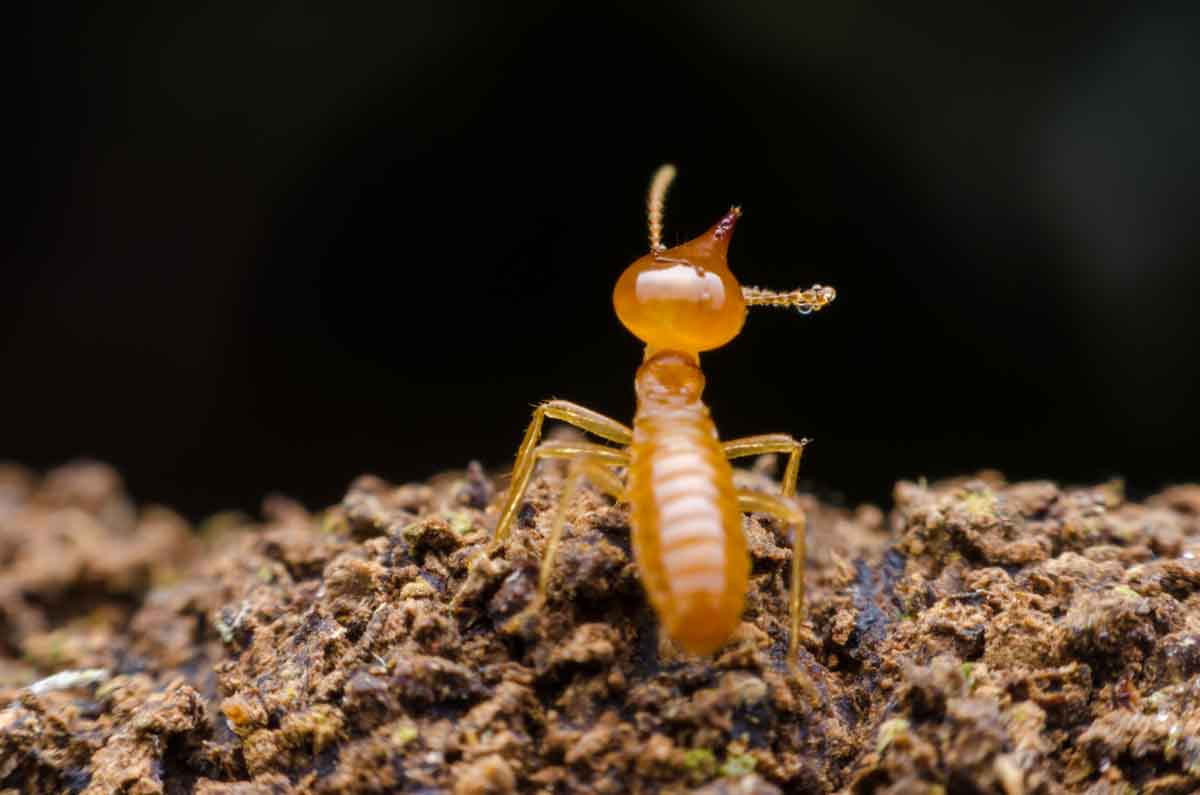Flea Identification and Control in Utah
Correct identification is an important first step in pest control.
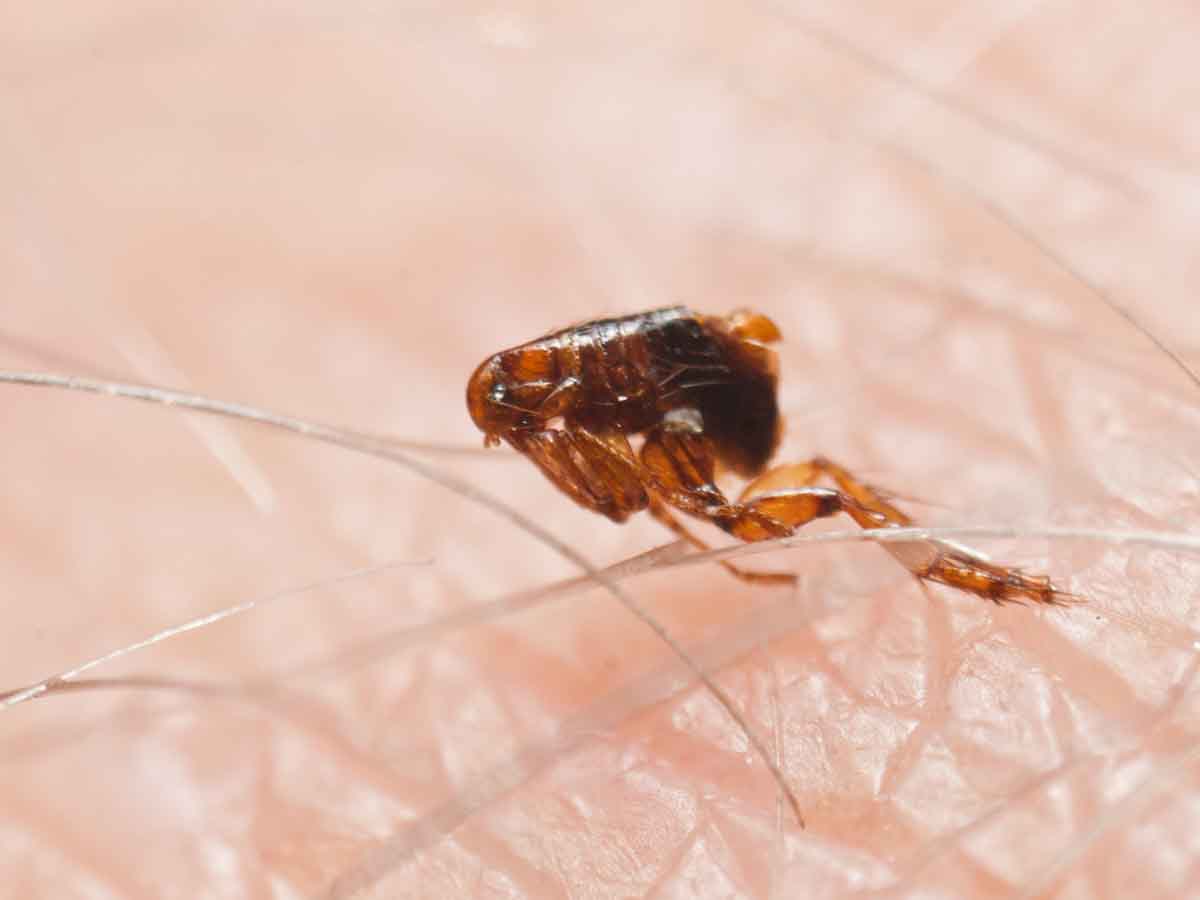
Fleas can be found on pet dogs or cats. The flea will attach to the animal from outside and then infests its fur and sleeping areas.
Fleas are not common in northern Utah.
 Identify the pest with our Flea gallery
Identify the pest with our Flea gallery

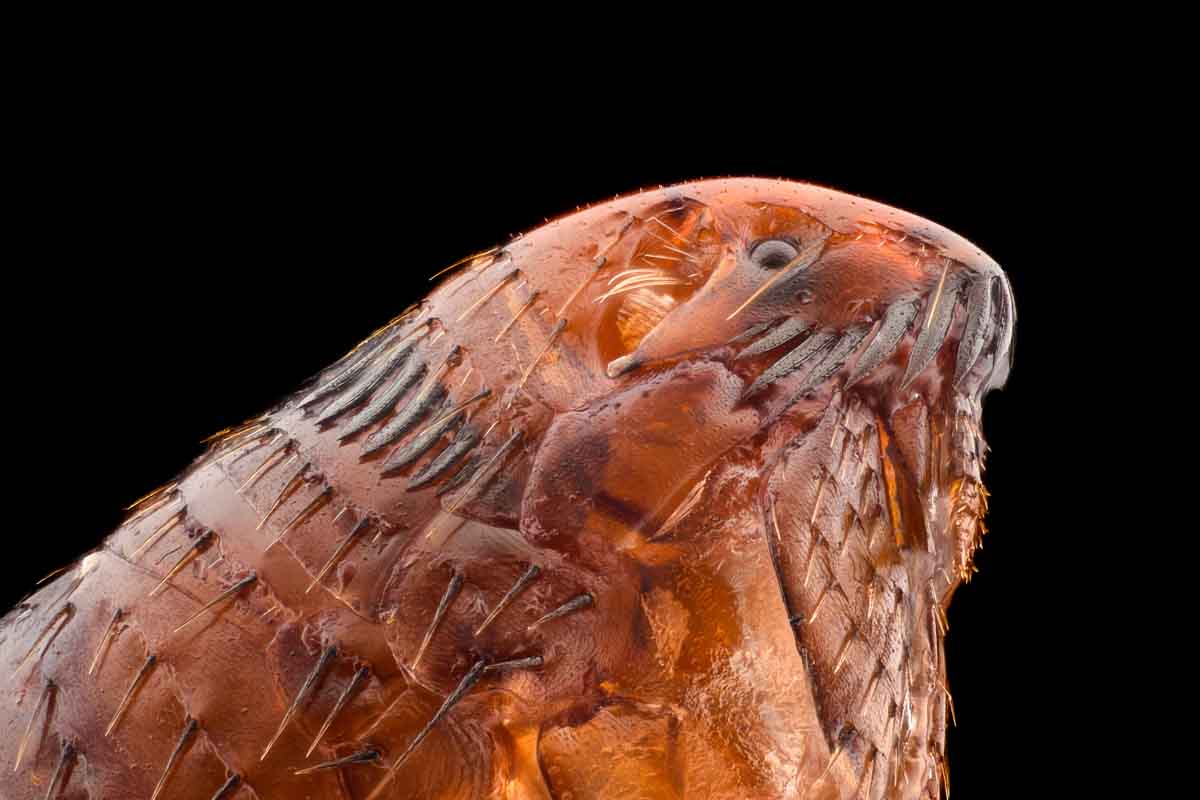
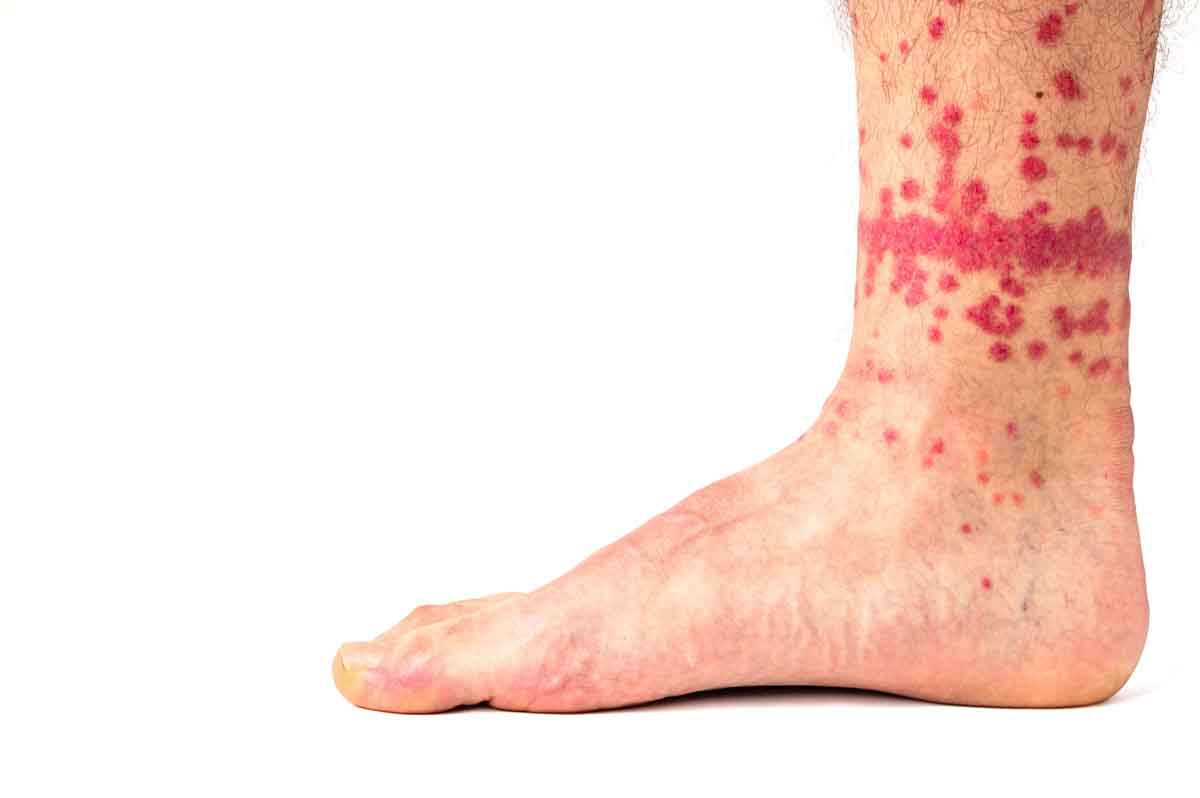
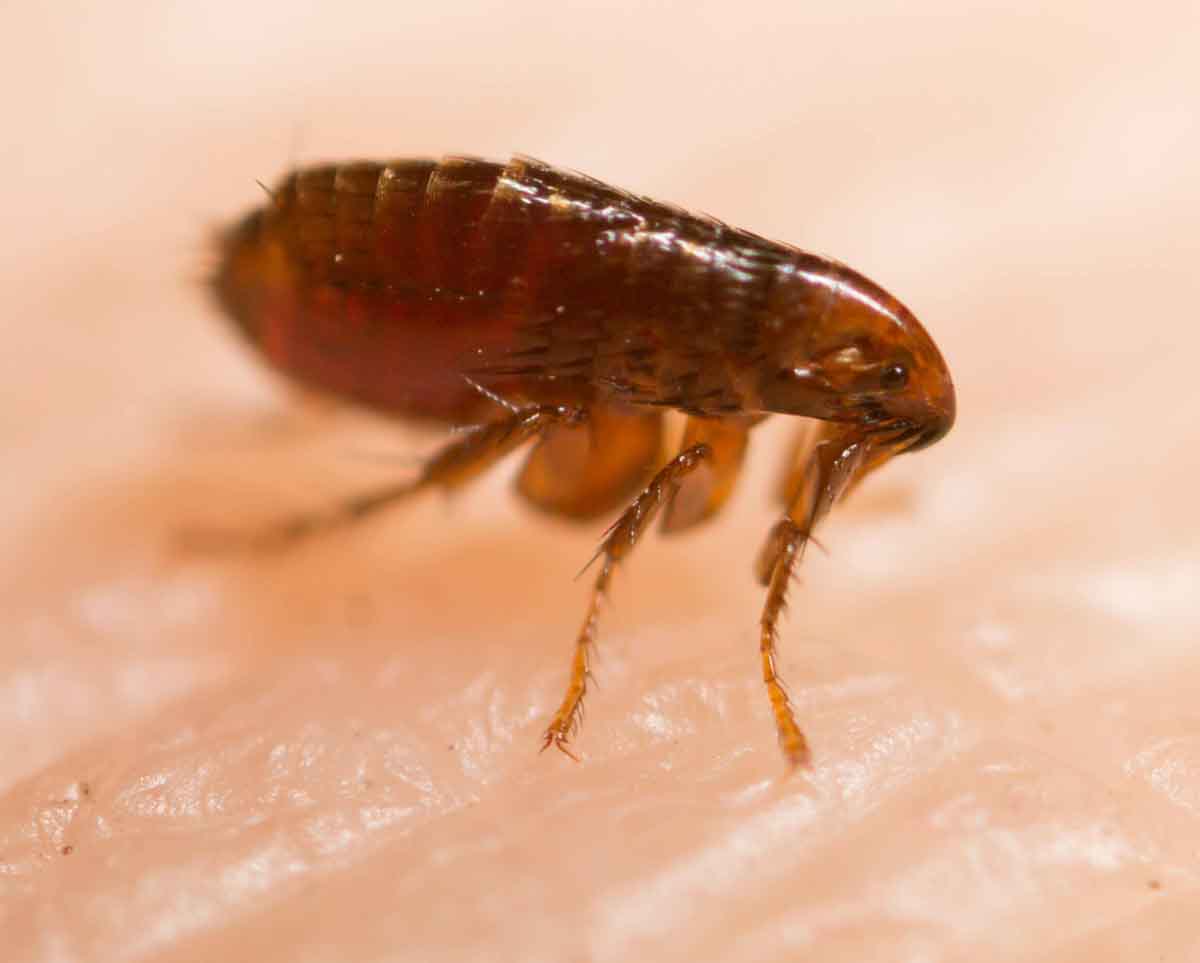

Fleas in Utah
Fleas are not common in Northern Utah. Part of the flea life cycle is outdoors and Utah winters kill off the fleas.
Order:
Siphonaptera
Diet:
Adult fleas are strictly blood-feeders.
Impact:
Irritation from bites as well as they can transmit diseases.
 Tips for keeping fleas away
Tips for keeping fleas away
About Fleas

Fleas are blood sucking ectoparasites. Ectoparasites are parasites that live on the outside of the hosts’ body. Fleas only feed on warm-blooded hosts. Fleas can cause irritation, itching, blood loss, and they can be vectors in the transmission of various disease organisms. The orinetal rat flea is the primary vector for the bubonic plague and murine typhus. The dog and cat fleas are intermediate hosts of tapeworms.
How to control fleas

-
Have pets treated with flea control product
-
Keep feral animals from the property and change anything that may be attracting them
-
Steam-clean all carpets to knock down adult population, kill immatures, and remove larval food
-
Treat indoors with insect growth regulator
-
Treat outdoors in shaded areas where animals spend time
Don't let fleas take over.
Thorn can help.
Fill out the form below to contact us so we can help eliminate pests fast.
Pest Science,
meet Know-How.

How thorn can help
Pests can be difficult to control, but that’s what we are here for. We create a strategic plan to gain control of your problem and make sure we get results.
Thorn's Approach
We take a scientific approach to pest control. We start with an inspection and assessment to help us identify the pest, locate where they are, and create a specific plan for your property. Every home and business is different and requires a unique strategy.
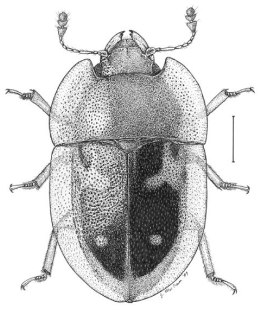
Driven by science.
Led by service.
Proper pest management starts with a detailed inspection and assessment from an expert pest professional before treatment. Thorn Pest Solutions uses a three-step process rooted in science to eliminate pests with long-term results.
Assess Situation
First, we identify the root problem(s) with a site assessment. Pests are almost always an indicator of an environmental condition. This will determine the best actions to provide short and your long-term results against pests.
Execute Action Plan
Next, we develop a plan to fix the problems we discovered. This includes solving current pest issues, eliminating conducive conditions, and monitoring for future pest activity. Good pest management starts with a good plan.
Track Success
Lastly, we implement the solutions we developed including inspection, monitoring, and preventing future pest infestations. Good pest control requires a good offense and not just defense. Prevention is key.
Let's get rid of those pests.
Call today:
 Other common Utah pests
Other common Utah pests
 Hear From Our Customers
Hear From Our Customers
